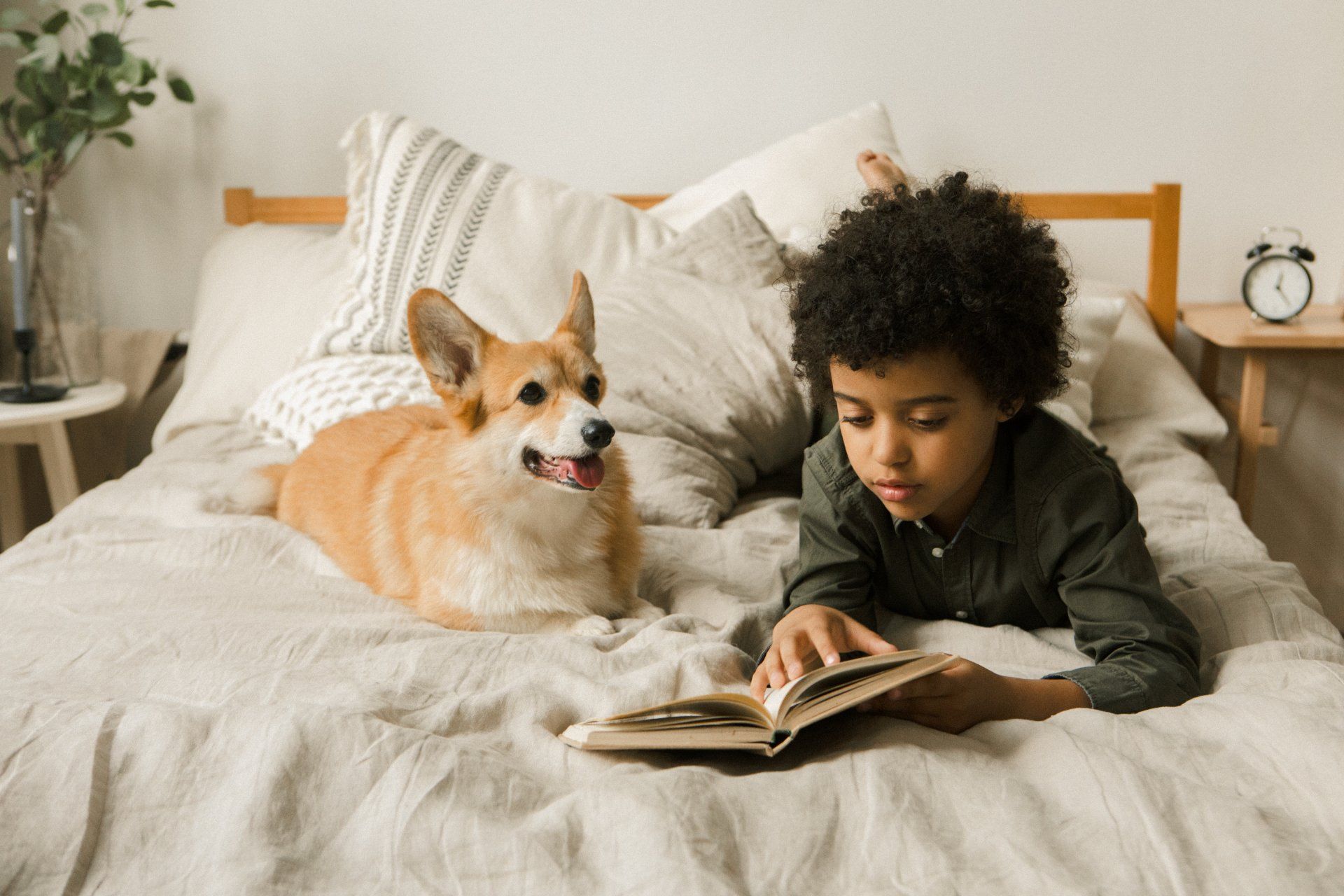Blog
My Middle Schooler is Struggling to Read. Now What?
It can be incredibly disheartening to watch your middle schooler struggle with reading. You’re not alone—many parents are in the same boat. According to recent data, a significant number of 8th graders across the country are not reading at a proficient level. In fact, national assessments show that about two-thirds of 8th graders fall short of this crucial milestone.
The frustration is compounded by the fact that so many tools designed to build foundational reading skills are geared towards young children. Imagine being a middle schooler and being handed a book with stories like "See Jack Run." It's not just ineffective; it's patronizing. Older students need interventions that respect their maturity while addressing their unique challenges.
So, what do older students need when it comes to building literacy skills?
1. High-Interest, Age-Appropriate Content:
Older students benefit from reading materials that respect their maturity and intelligence. They’re more likely to engage with texts that are relevant and interesting to them. It’s essential to provide a variety of reading material so that students can choose topics that intrigue them. Having some choice over what they read can significantly increase their motivation and engagement.
2. Fluency Practice:
Fluency is a critical component of reading proficiency. The theory of automaticity suggests that students need to develop fluency to free up cognitive load for comprehending the text. Encourage your middle schooler to read aloud regularly, and to read the same text multiple times. This practice helps improve their rate, accuracy, and expression, making reading a more enjoyable and less laborious task.
3. Vocabulary Building:
A robust vocabulary is essential for reading comprehension. Older students can benefit from reading diverse materials and using tools like flashcards or vocabulary apps. Encourage them to record words they don’t know and sketch them out or use them in sentences.
4. Comprehension Strategies:
Teaching strategies like summarizing, questioning, and predicting can help improve comprehension. Discussing books and articles together can also enhance understanding and retention. Graphic organizers can be helpful tools for visualizing and organizing information, making it easier for students to grasp complex concepts.
5. Writing Integration:
Writing about what they read can help solidify comprehension and analytical skills. Encourage your child to keep a journal where they summarize what they’ve read, reflect on it, and connect it to their own experiences. Additionally, have them write predictions about what they think will happen next in the story or text. This exercise can enhance their engagement and critical thinking skills.
6. Use of Technology:
Leverage educational technology that offers personalized learning experiences. Apps and software designed for older students can adapt to their level and pace, providing targeted practice where they need it most.
7. Encouragement and Patience:
Building reading skills takes time and effort, especially for older students who may have struggled for years. Offer consistent encouragement and celebrate small victories to keep their motivation high. Setting measurable goals and tracking progress towards those goals can be very motivating. This allows students to see their success and understand that their efforts are paying off.
For parents looking for an effective tool to help their middle schoolers improve their reading skills, One Minute Reader is an excellent choice. The program’s nonfiction, high-interest content caters to learners of all ages, avoiding childish content and frameworks that can be discouraging for older students. With a variety of topics to choose from, it empowers students to select materials that interest them. One Minute Reader provides crucial fluency practice, vocabulary support, and comprehension checks, ensuring a comprehensive literacy approach. Furthermore, its progress tracking features, including graphs and reports, help students visualize their improvements, fostering a sense of achievement and motivating continued effort. This makes One Minute Reader an ideal resource for guiding students of all ages toward reading success.
Highlighted Posts


Ready to see an improvement in your child's reading?
Sign up today and get seven days for FREE.
One Minute Reader is just $8 per month after your free trial.
